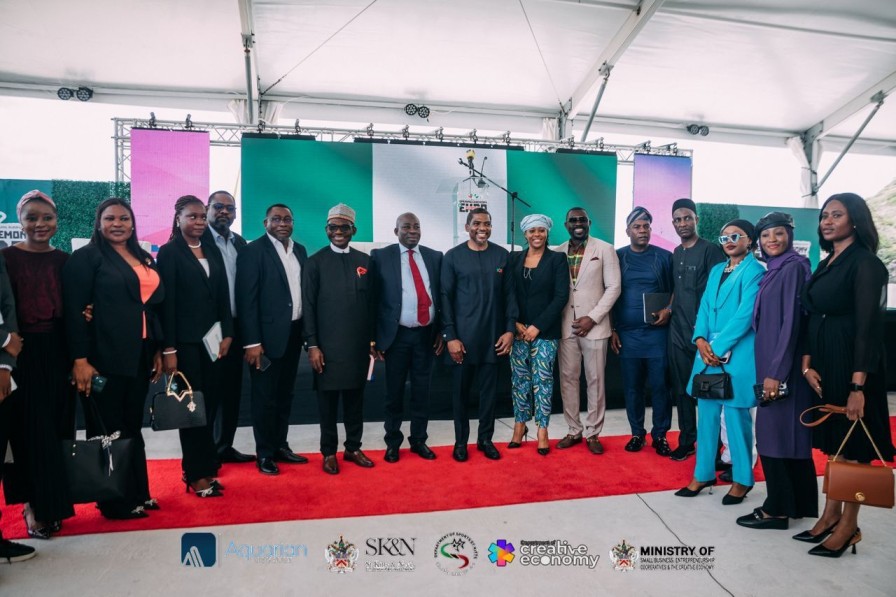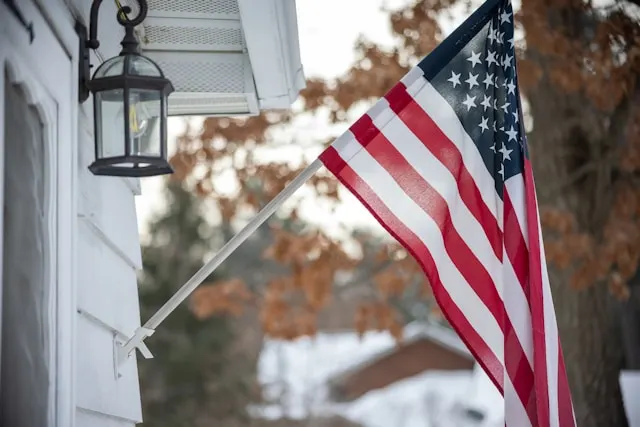PROTECT YOUR DNA WITH QUANTUM TECHNOLOGY
Orgo-Life the new way to the future Advertising by AdpathwayBolivia posted a $13 million trade surplus in May 2025, breaking a seven-month streak of deficits, according to the National Institute of Statistics.
The country exported $759 million in goods, mainly soybeans, gold jewelry, and Brazil nuts, while importing $746 million. Manufacturing exports grew by 7%, and agriculture by 2%, but mining and gas exports kept falling.
This trade gain happened even as protests blocked key roads, making it harder to get goods to ports. Officials said the surplus would have been larger without these disruptions. Still, this small surplus does little to fix Bolivia’s bigger financial problems.
Bolivia faces a severe shortage of US dollars. The official and black market exchange rates have drifted apart by more than 60%. The Central Bank’s reserves have dropped from $15 billion in 2014 to just over $2.1 billion by June 2025.
Only a small part of that is cash, barely enough to pay for two months of imports. Inflation is also squeezing families. Prices rose over 18% in the past year, and food costs jumped more than 28%.
 Bolivia’s Small Trade Win Highlights Big Economic Troubles. (Photo Internet reproduction)
Bolivia’s Small Trade Win Highlights Big Economic Troubles. (Photo Internet reproduction)The International Monetary Fund expects inflation to hit 15.8% for the year, with economic growth at just 1.1%. The government’s fixed exchange rate is under pressure as reserves shrink and the black market grows.
These problems have sparked protests and roadblocks across the country. Many Bolivians are frustrated by rising prices, shortages, and the government’s limited options. Businesses struggle to pay for imports, and everyday goods cost more.
Bolivia’s trade surplus is a rare bright spot, but it does not mean the crisis is over. The country’s shrinking reserves, high inflation, and social unrest point to deep economic troubles.
Official data from the National Institute of Statistics, Central Bank, and International Monetary Fund confirm these facts. The surplus is a sign of how hard Bolivia must work to fix its economy.


 3 days ago
9
3 days ago
9










 English (US) ·
English (US) ·  French (CA) ·
French (CA) ·  French (FR) ·
French (FR) ·